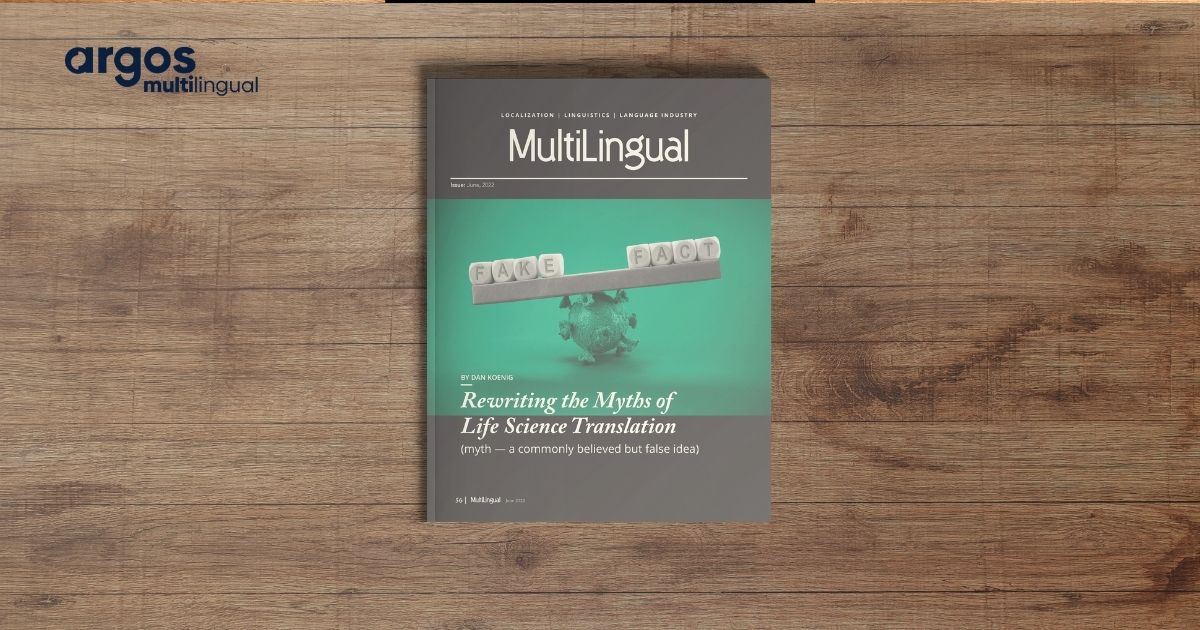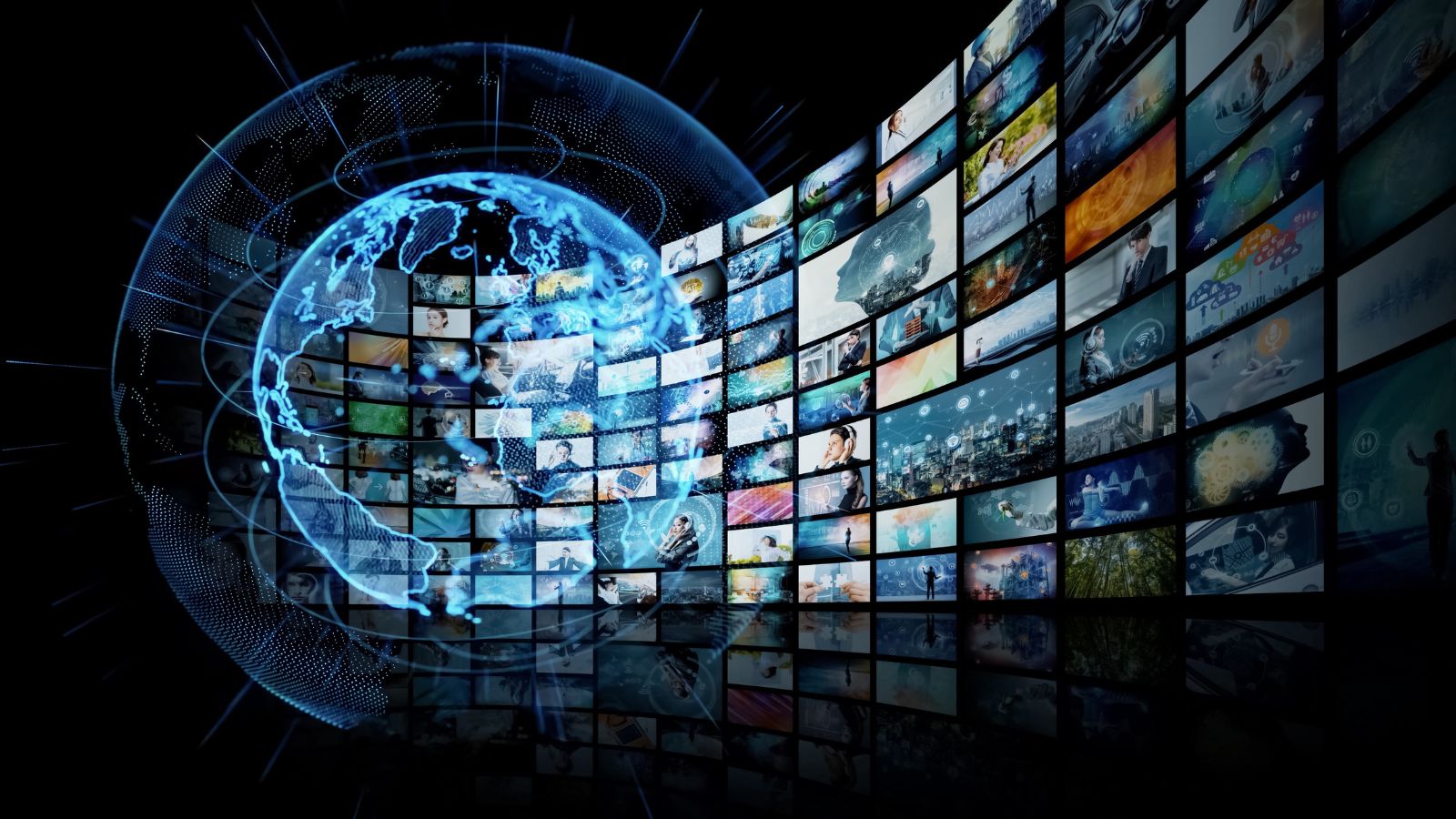What popular myths have influenced the way you’ve made decisions and the way you view the world? You might be surprised to learn that some commonly believed ‘facts’ are nothing more than myths. Often, unlearning something we’ve believed to be true isn’t easy. However, discovering the truth can lead to better decision-making, especially when it comes to your company.
These days, the rate at which we receive, and process information makes it unrealistic to fact check and verify everything we read or hear. Sometimes it’s easier to accept some things as being true than it is to question it.
Do you know which myths you’ve been making business decisions based on and how they might be negatively impacting your company?
You might be losing money and missing out on higher efficiency because of it.
Since Artificial Intelligence made its way on the scene there have been mixed reviews regarding its reception in the world of business. There is no doubt AI is one of the most transformative technologies in recent history and has enhanced countless processes and business functions across various industries, however not everyone is quick on the uptake and it’s not without good reason.
In the field of Life Sciences, trusting AI to deliver results can be a double-sided coin. With customers’ lives and well-being hanging in the balance, some may believe it’s better to forgo AI completely and rely on the human touch to get things done.
If this school of thought governs the decisions being made at your Life Science company, those decisions may not be as well informed as you might think.
AI inclusion isn’t the only myth in circulation. Do any of the following sound familiar to you?
MYTH |
REALITY |
|
#1 |
Artificial intelligence (AI) and machine translation (MT) are “too risky” for life science content | Advances in neural MT encoding and decoding can now provide translation accuracy in the high 90th percentile, with further risk mitigation provided by human post-editing. |
#2 |
It is more efficient to have the company’s divisions manage their own translations | One medical device client’s centralized process has achieved reuse averaging more than 60%, DTP cost reduction up to 80%, and schedule compression of 25% on average. |
#3 |
Business and product groups within life science companies are too diverse to have standardized terminology | A global medical device company with seven divisions uses standard glossary with minimal exceptions. |
#4 |
Translation memories are “sacred” and 100% matches must be applied without question | AI-controlled cleansing typically saves 80% of TM re- view time while boosting overall linguistic accuracy by 90-100%. |
#5 |
Third party review must be conducted by company SMEs | A major client is considering removing their current third party review process entirely as it rarely catches errors exceeding Six Sigma quality (i.e. 3.4 defective parts per million). Additionally, this method provides an average 10-day reduction in time-to-market. |
#6 |
Clinical trials are too critical to change the standard process | One proposed method utilizing a concurrent MTPE path could save 20-40% of post-edit effort. |
Download the article below to read how our Life Science veteran, Dan Koenig breaks down the most common myths about translations in the life Sciences field.
 Stephanie Harris
3 min. read
Stephanie Harris
3 min. read
Here’s the short answer to the question, “How do I plan a translation project?” The key to a successful translation process is the project scope document. You’ll use this with your language partner to create a timeline and budget for the project. If you don’t have a partner yet, it will help you get accurate […]

 Antoine Rey
4 min. read
Antoine Rey
4 min. read
This post is based on the Global Ambitions episode, “How Mozilla Manages 212 Languages for Global Accessibility” with Jeff Beatty, Former Senior Head of Localization at Mozilla. To hear more about Mozilla’s global accessibility work, check out the full episode! Mozilla, like many other software companies, is working toward global accessibility for its software and […]








